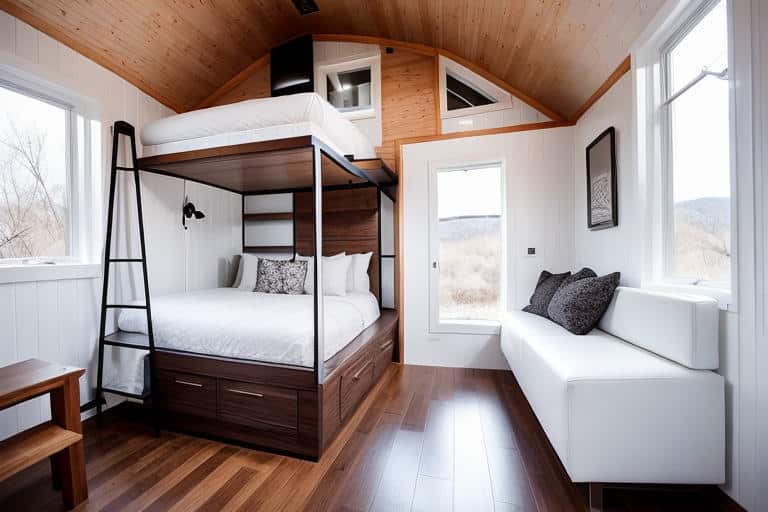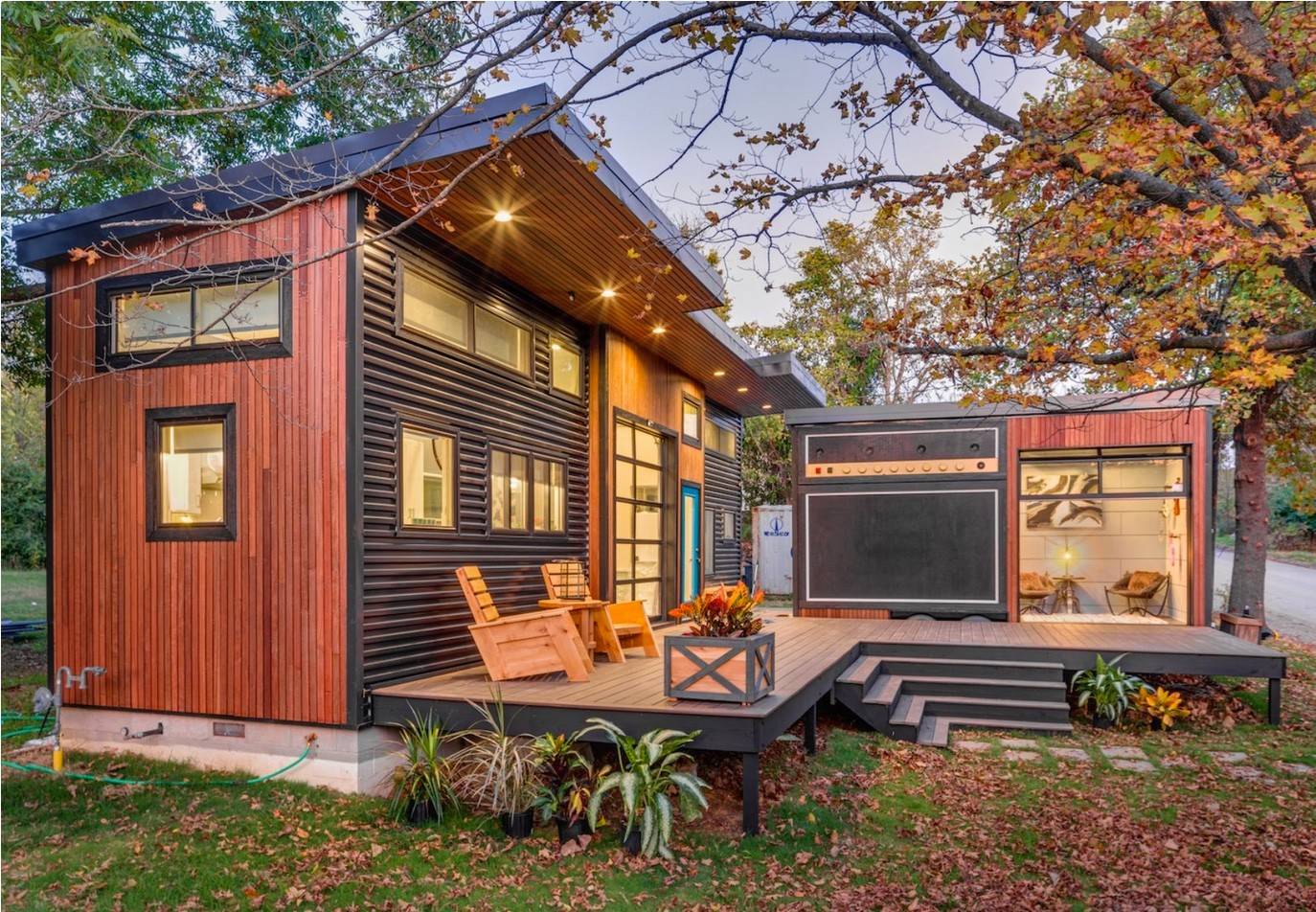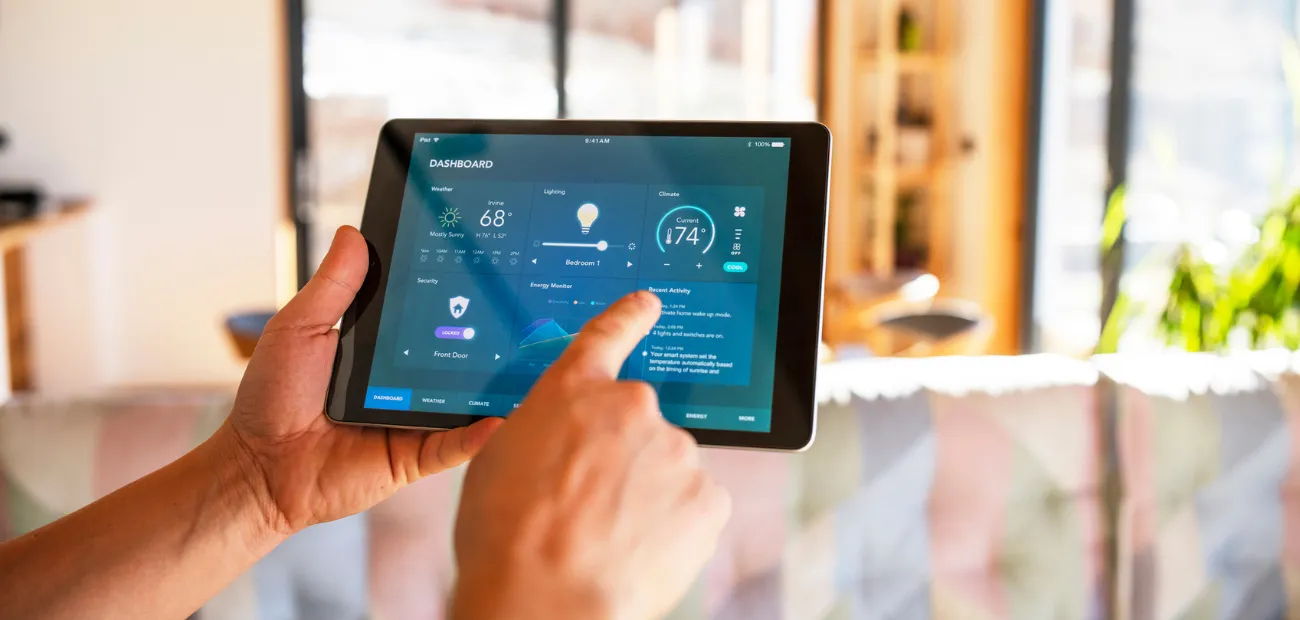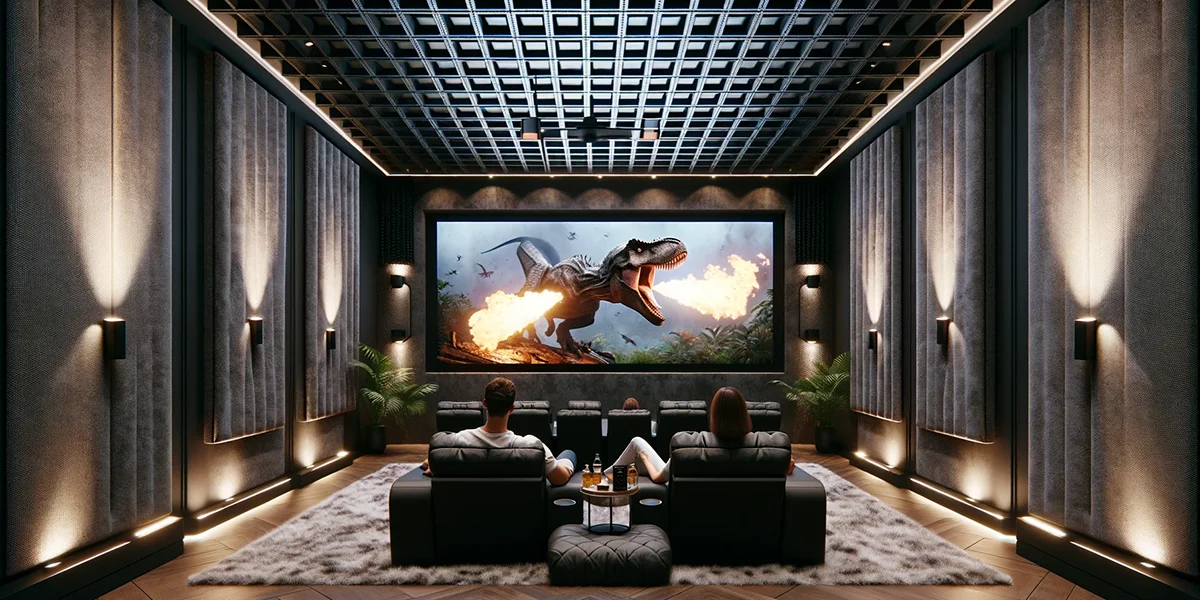
The Tiny House Movement: Minimalism Meets Affordable Housing
Explore the growing tiny house movement and its impact on minimalism and affordable living.Imagine waking up in a cozy loft, sunlight streaming through a skylight above your head. You climb down a ladder to your compact kitchen, where you brew coffee and gaze out at the world through large windows that make your small space feel expansive. This is life in a tiny house, and it's a movement that's taking the world by storm.
The tiny house movement is all about downsizing living spaces, simplifying life, and living more sustainably. It's a rebellion against the idea that bigger is always better, and a creative solution to the housing affordability crisis that's gripping many parts of the world.

How It All Began: From Big Dreams to Tiny Realities
The roots of the tiny house movement can be traced back to the late 1990s, but it really gained momentum in the wake of the 2008 financial crisis. As people struggled with mortgages and the burden of maintaining large homes, the idea of living simply in a small, affordable space began to look increasingly attractive.
Pioneers like Jay Shafer, who founded the Tumbleweed Tiny House Company in 1999, helped popularize the concept. His designs and advocacy work inspired countless others to think outside the big-box (house).
What Makes a House "Tiny"?
So, what exactly qualifies as a tiny house? While there's no official definition, most tiny houses are between 100 and 400 square feet. To put that in perspective, the average American home is about 2,600 square feet. That's like going from a football field to a end zone!
Tiny houses come in all shapes and styles, from rustic cabins to sleek modern designs. Many are built on trailers for mobility, while others are constructed on permanent foundations. Despite their small size, they often include all the essentials: a sleeping area, kitchen, bathroom, and living space. It's like playing a real-life game of Tetris, fitting all your needs into a compact space.

Living Large by Going Small: The Minimalist Lifestyle
Living in a tiny house isn't just about having a smaller space—it's a whole lifestyle change. It's about asking yourself, "Do I really need this?" before bringing anything new into your home. It's about valuing experiences over possessions and finding joy in simplicity.
Tiny living forces you to be intentional about what you own. Every item needs to earn its place, either by being useful, beautiful, or (ideally) both. It's like Marie Kondo's philosophy on steroids—if it doesn't spark joy or serve a purpose, out it goes!
Tiny Price Tag, Big Savings
One of the biggest draws of tiny houses is their affordability. While the average home in the U.S. costs around $200,000, a tiny house can be built for as little as $30,000 to $60,000. And because they're so small, utility costs are a fraction of what you'd pay in a traditional home.
But the savings don't stop there. With less space to fill, you're less likely to buy unnecessary stuff. And if your tiny house is on wheels, you can say goodbye to property taxes. It's like putting your housing costs on a diet!
Small Space, Big Ideas: Creative Design Solutions
Living in a tiny house requires some serious creativity when it comes to design. Every square inch needs to be maximized. Think stairs that double as storage, tables that fold into walls, and lofts that serve as bedrooms.
I once saw a tiny house with a bathtub that converted into a desk. Talk about multitasking! These innovative solutions not only save space but also make tiny houses feel like real-life transformers.
Navigating the Legal Landscape
While tiny houses offer many benefits, they also come with some unique challenges, particularly when it comes to zoning laws and building codes. Many areas have minimum size requirements for permanent dwellings, which can make it difficult to park a tiny house legally.
However, as the movement grows, more cities are adapting their laws to accommodate tiny houses. Some places now allow them as accessory dwelling units (ADUs) in backyards, while others have created special tiny house communities.
Big Impact, Tiny Footprint: Environmental Benefits
One of the most compelling aspects of tiny houses is their environmental friendliness. With their small size comes a smaller carbon footprint. They use less energy to heat and cool, require fewer resources to build, and encourage a less consumptive lifestyle.
Many tiny houses are designed with sustainability in mind, incorporating features like solar panels, composting toilets, and rainwater collection systems. It's like having your own mini eco-warrior station!
Tiny Houses, Big Community
Contrary to what you might think, living in a tiny house doesn't mean living in isolation. Many tiny house dwellers find a strong sense of community, whether they're parked in a tiny house village or sharing their experiences online.
These communities often share resources and spaces, fostering a collaborative spirit. It's like going back to the days of close-knit neighborhoods, where everyone knows and helps their neighbors.
The Challenges of Going Tiny
Of course, tiny living isn't all Instagram-worthy interiors and financial freedom. It comes with its own set of challenges. Storage can be a constant battle, privacy can be hard to come by (especially for couples or families), and you might have to say goodbye to some hobbies that require a lot of space.
But for many, these challenges are outweighed by the benefits. It's all about priorities. Would you rather have a guest room or the freedom to travel more? A big kitchen or no mortgage? Tiny living is all about making these choices.
Who's Jumping on the Tiny Bandwagon?
Tiny houses attract all sorts of people, from millennials looking to avoid crushing debt to retirees wanting to downsize. I've met artists who love the creative challenge of small-space living, environmentalists drawn to the eco-friendly aspects, and adventurers who appreciate the mobility of a house on wheels.
Take Sarah, for example. She's a freelance writer who built her own tiny house. "I love that I can work from anywhere," she told me. "My house is my office, my sanctuary, and my ticket to freedom."
The Future is Tiny (Houses)
As housing costs continue to rise and environmental concerns grow, it's likely we'll see tiny houses playing a bigger role in urban planning and housing policies. Some cities are already exploring tiny house villages as a solution to homelessness.
Who knows? In the future, we might see entire neighborhoods of tiny houses, each one a unique reflection of its owner's personality and needs.
Thinking Big by Going Tiny
The tiny house movement is more than just a trend—it's a radical rethinking of what we need to live comfortably and happily. It's about questioning the status quo and finding creative solutions to housing affordability and environmental sustainability.
So, could you do it? Could you pare down your possessions, simplify your life, and join the tiny house movement? It's not for everyone, but for those who take the plunge, it can be an incredibly rewarding experience.
Whether you're ready to go tiny or just curious about the movement, there's a wealth of resources out there. Check out "The Tiny Life" by Ryan Mitchell for a comprehensive guide to tiny living, or watch "Tiny: A Story About Living Small" for an inspiring documentary on the movement.
Remember, sometimes the biggest changes start with the tiniest steps. Or in this case, the tiniest houses!
References
- https://www.architecturecourses.org/blog/what-tiny-house-movement
- https://www.autonomous.ai/ourblog/the-tiny-house-movement-trend-in-sustainable-living
- https://becauseturtleseatplasticbags.com/the-tiny-house-movement-a-sustainable-but-countercultural-solution/
- https://en.wikipedia.org/wiki/Tiny-house_movement
- https://duetproperty.com.au/journal/all-about-tiny-houses-small-spaces-with-big-impact
Virtual Reality Home Tours: Revolutionizing the Buying Process






Comments
Living in a tiny house has always intrigued me. The idea of simplifying life and reducing costs is very appealing. I’m curious to see how this trend evolves in the coming years.
The tiny house movement is so inspiring! It’s amazing how much you can do with a small space when you embrace minimalism. Plus, the affordability factor makes it even more appealing.
Leave a Comment